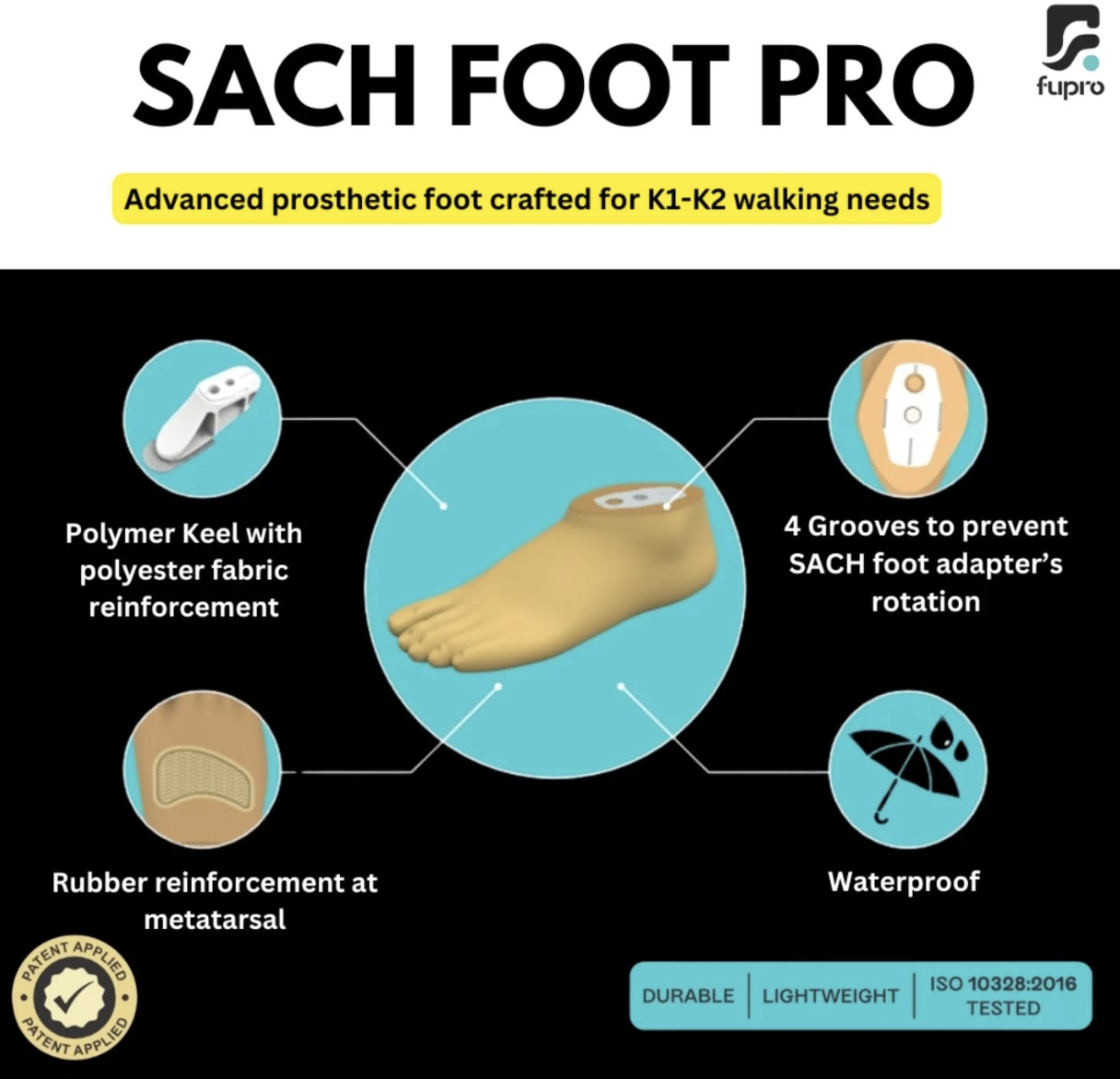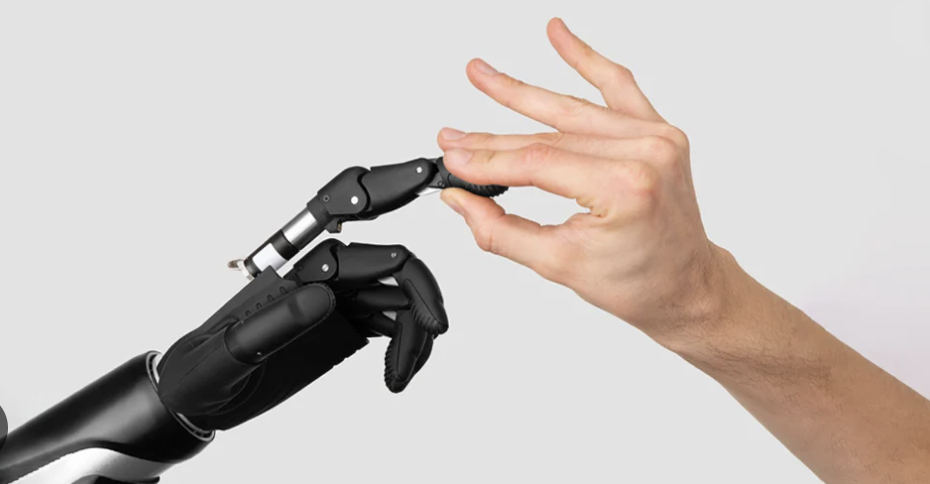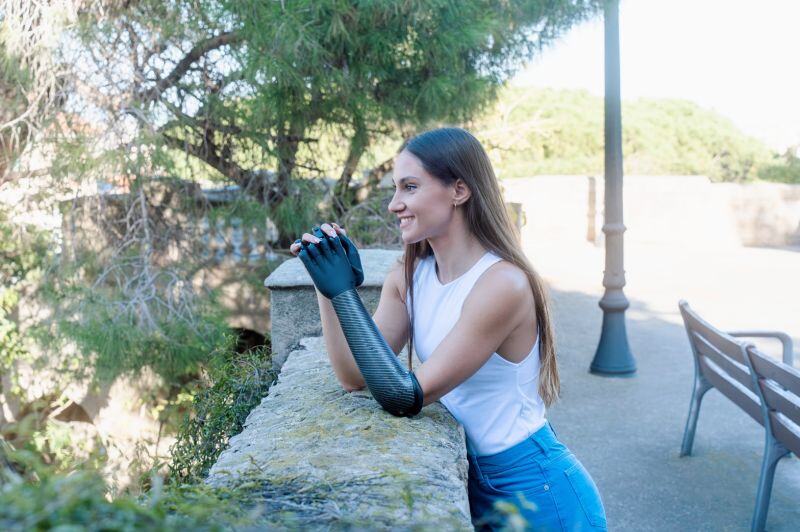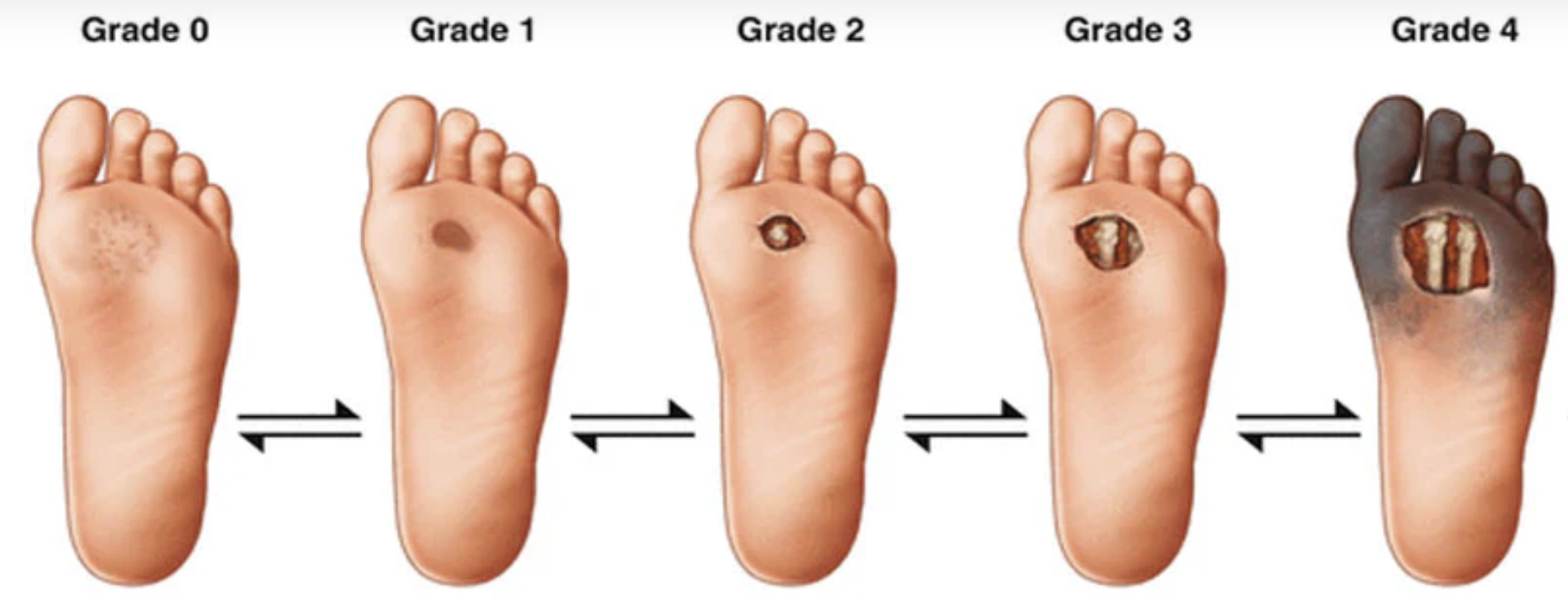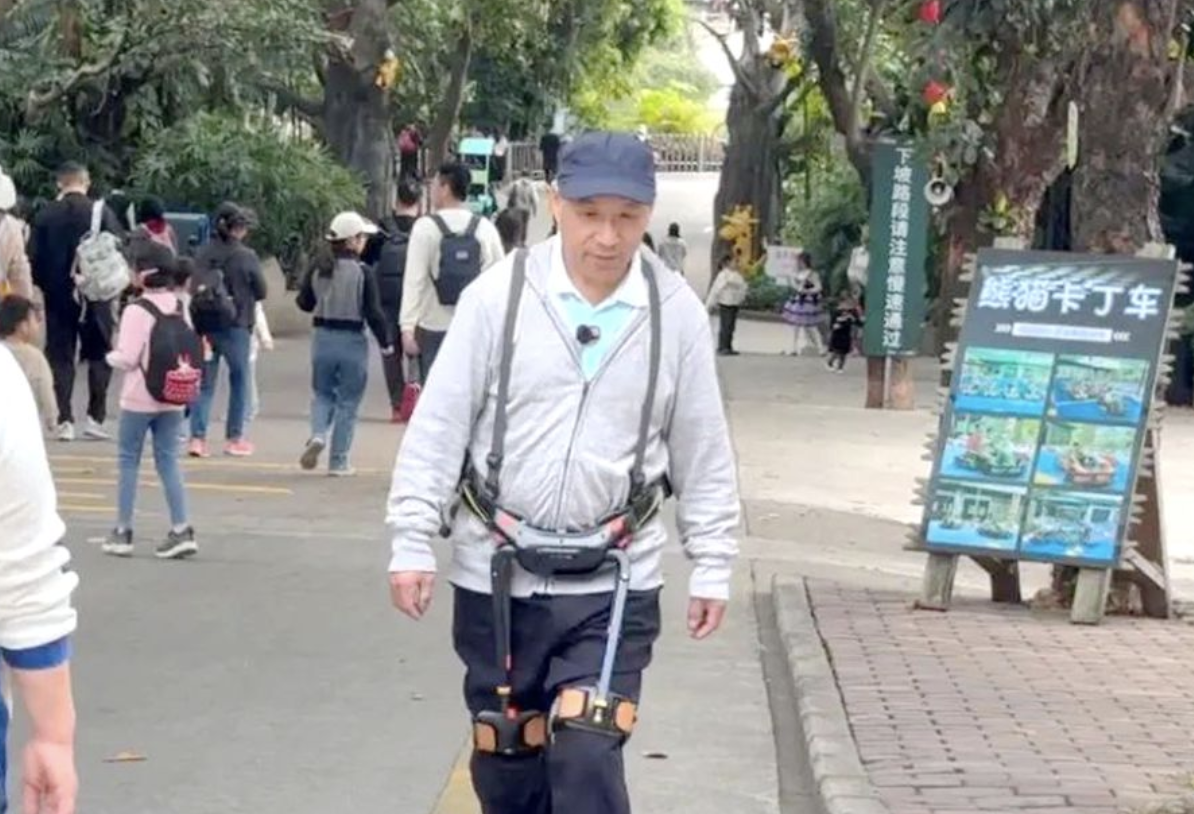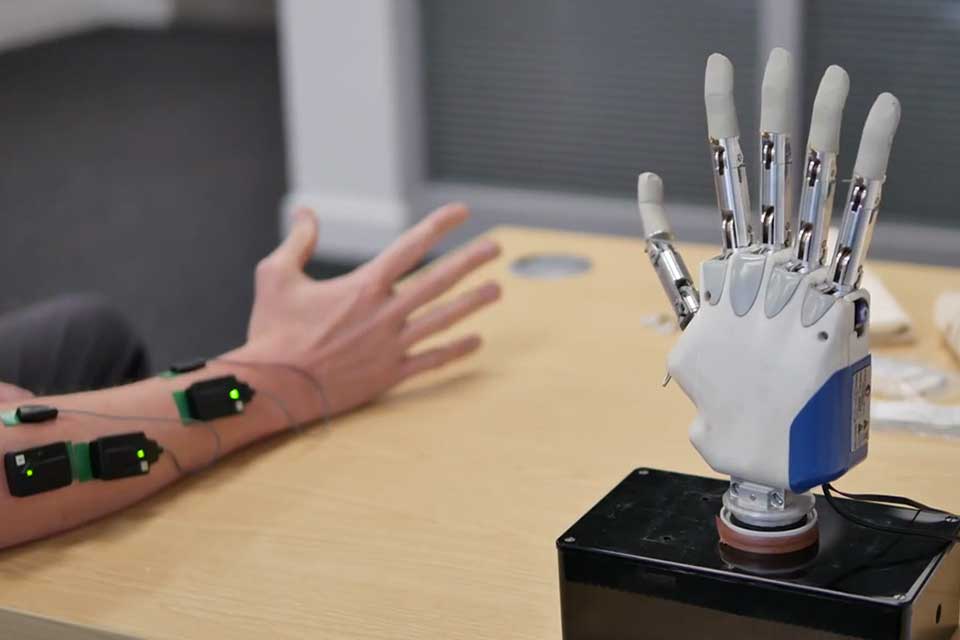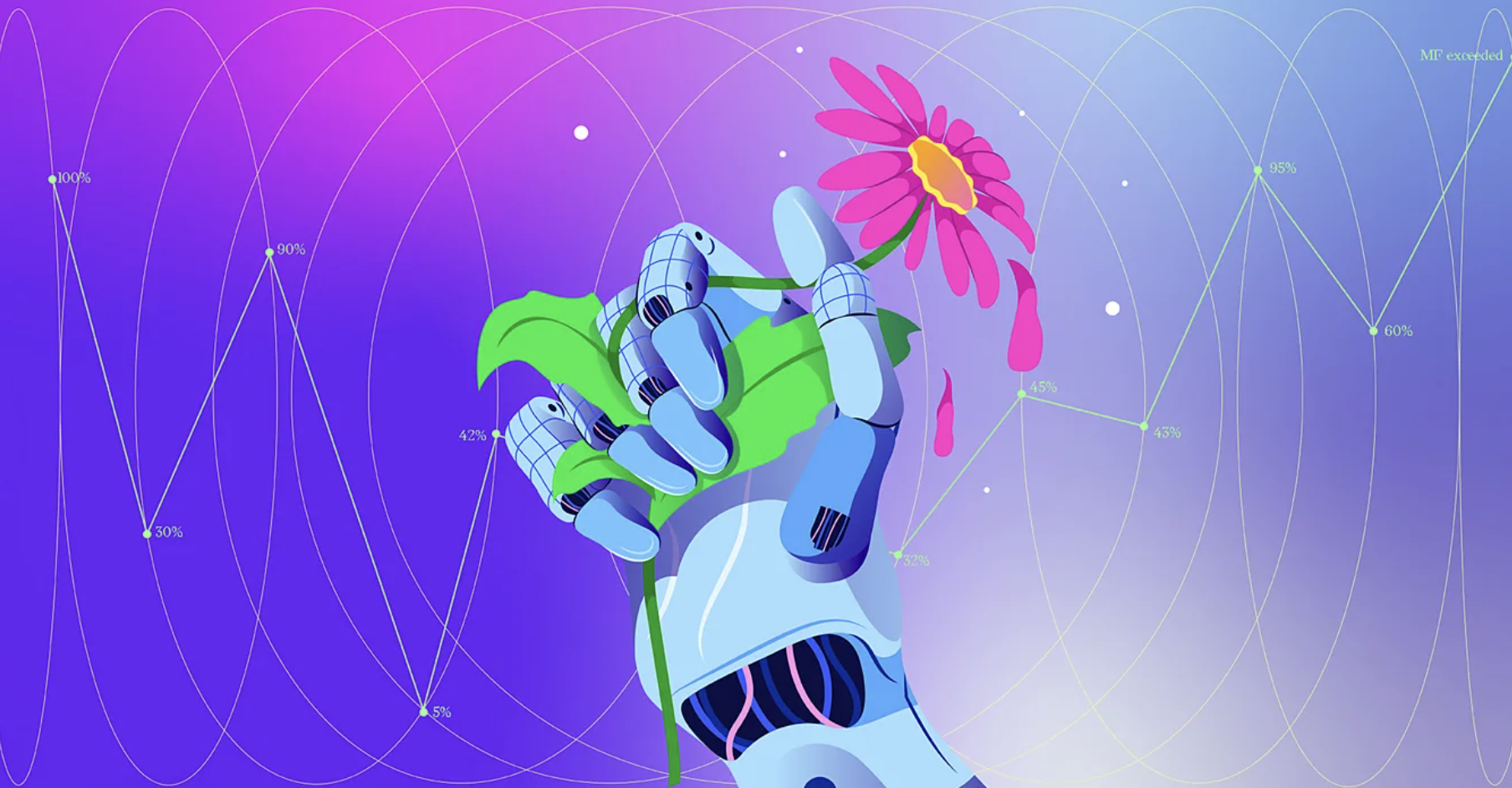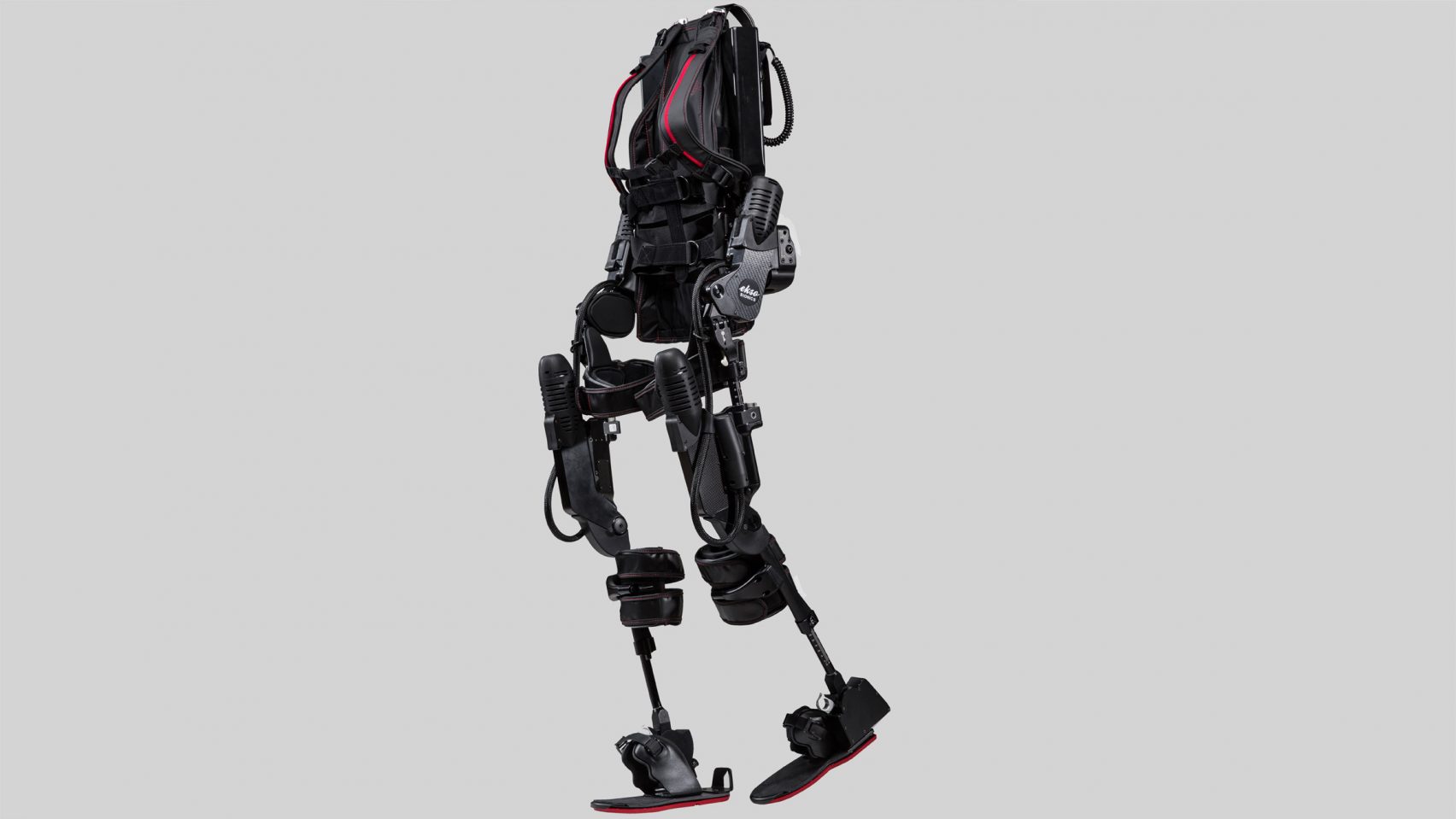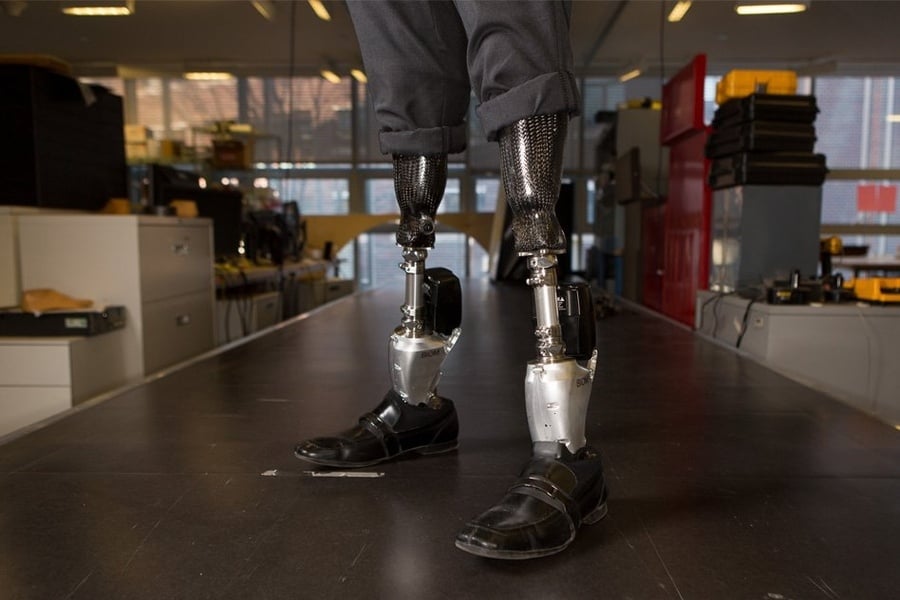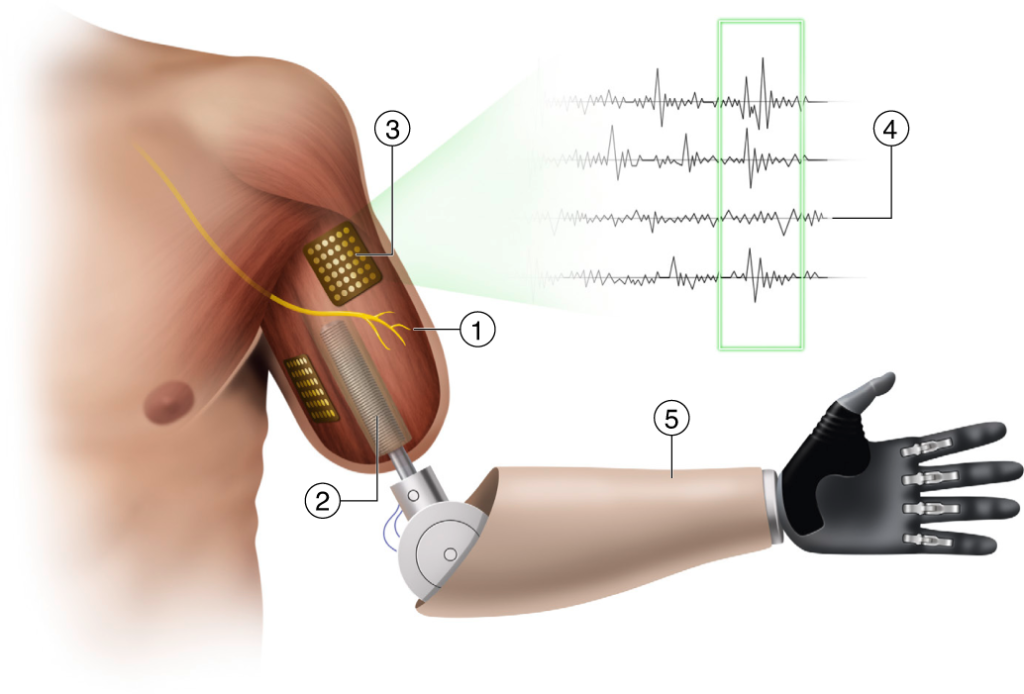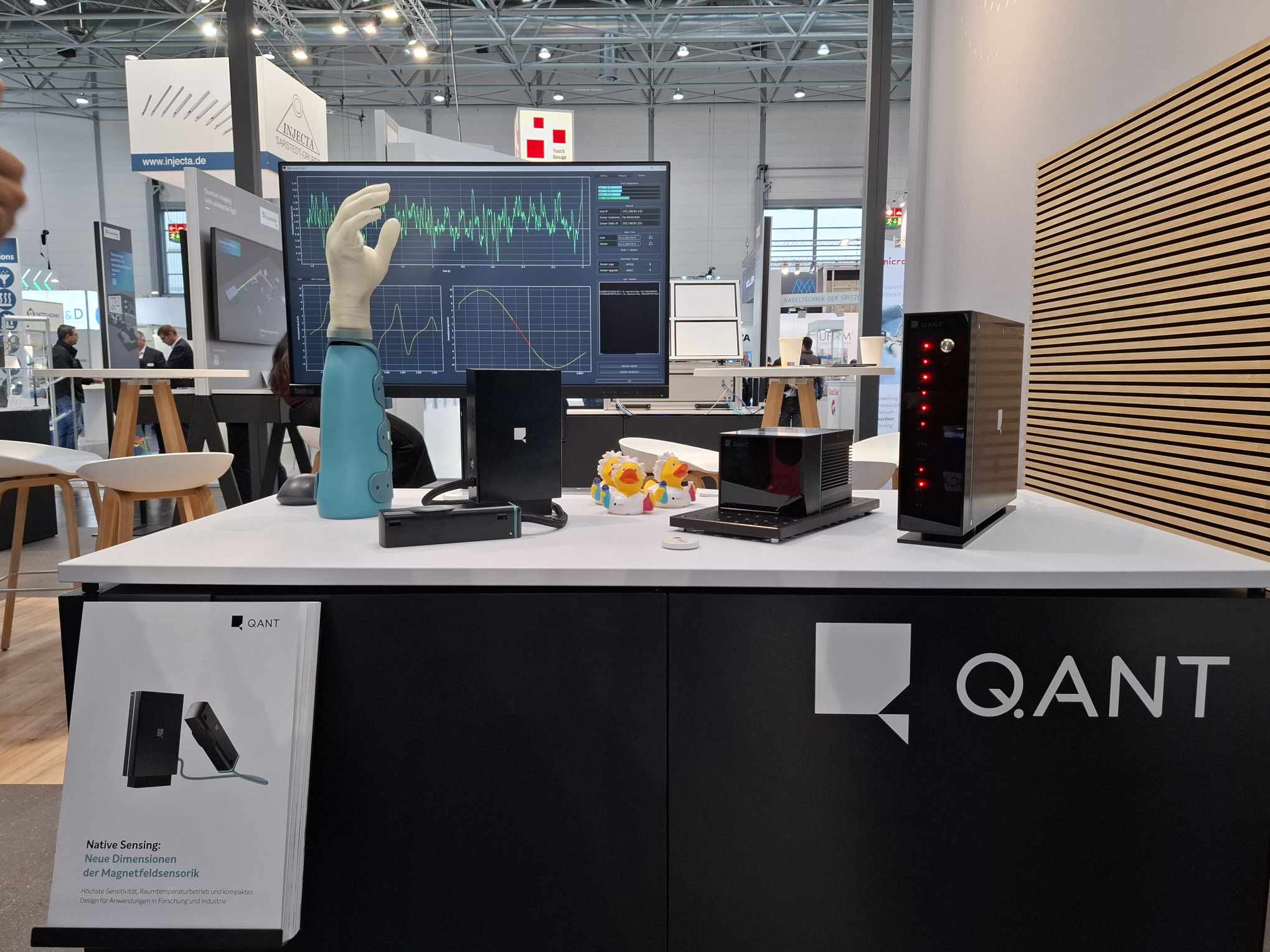Researchers in Japan have taken a major step forward in biohybrid robotics by developing a hand powered by lab-grown muscle tissue. A collaborative effort between the University of Tokyo and Waseda University, the project utilizes multiple muscle tissue actuators (MuMuTAs)—bundles of thin muscle strands engineered to contract with enough force to move the fingers.
This technology represents a significant advancement in biohybrid prosthetics and robotics, with potential applications in medicine, rehabilitation, and drug testing.
A leap toward realistic prosthetics
The hand can grip and produce scissor-like motions and is made up of a 3D-printed plastic base and tendons crafted from lab-grown human muscle tissue. Unlike previous biohybrid devices that only operated on single joints, this innovation has individual multiple joints that can function independently or in a group, making them far more versatile.
A unique challenge in crafting biohybrid limbs stems from creating muscles strong enough to allow movement without the tissue disintegrating. Moving larger structures requires thick muscle fibers, which unfortunately have higher necrosis rates due to a lack of nutrient distribution.
In order to combat this, the researchers refined their method of forming tendons by rolling thin muscle strands into bundles similar to sushi rolls, which results in stronger and more durable tendon structures.
“Our key achievement was developing the MuMuTAs. These are thin strands of muscle tissue grown in a culture medium and then rolled up into a bundle like a sushi roll to make each tendon,” explained Professor Shoji Takeuchi from the University of Tokyo.
“While not entirely surprising, it was interesting that the contractile force of the tissues decreased and showed signs of fatigue after 10 minutes of electrical stimulation, yet recovered within just one hour of rest. Observing such a recovery response, similar to that of living tissues, in engineered muscle tissues was a remarkable and fascinating outcome,” said Takeuchi.
Despite its success, the biohybrid hand still faces significant limitations. Since the muscle fibers are real, they exhibit fatigue after extended use—similar to human muscles. The research team observed that the contractile force weakened after 10 minutes of electrical stimulation but recovered after an hour of rest.
This biological response mirrors that of living tissues, marking an intriguing parallel between engineered and natural muscle behavior.
The road ahead
As biohybrid robotics continues to evolve, researchers are optimistic that these innovations will bridge the gap between artificial and organic movement, bringing us closer to a future where robotic limbs function with the fluidity and strength of their biological counterparts.
“A major goal of biohybrid robotics is to mimic biological systems, which necessitates scaling up their size. Our development of the MuMuTAs is an important milestone for achieving this,” said Takeuchi.
“The field of biohybrid robotics is still in its infancy, with many foundational challenges to overcome. Once these basic hurdles are addressed, this technology could be used in advanced prosthetics, and could also serve as a tool for understanding how muscle tissues function in biological systems, to test surgical procedures or drugs targeting muscle tissues,” the researcher concluded.
The research has been published in Science Robotics.


